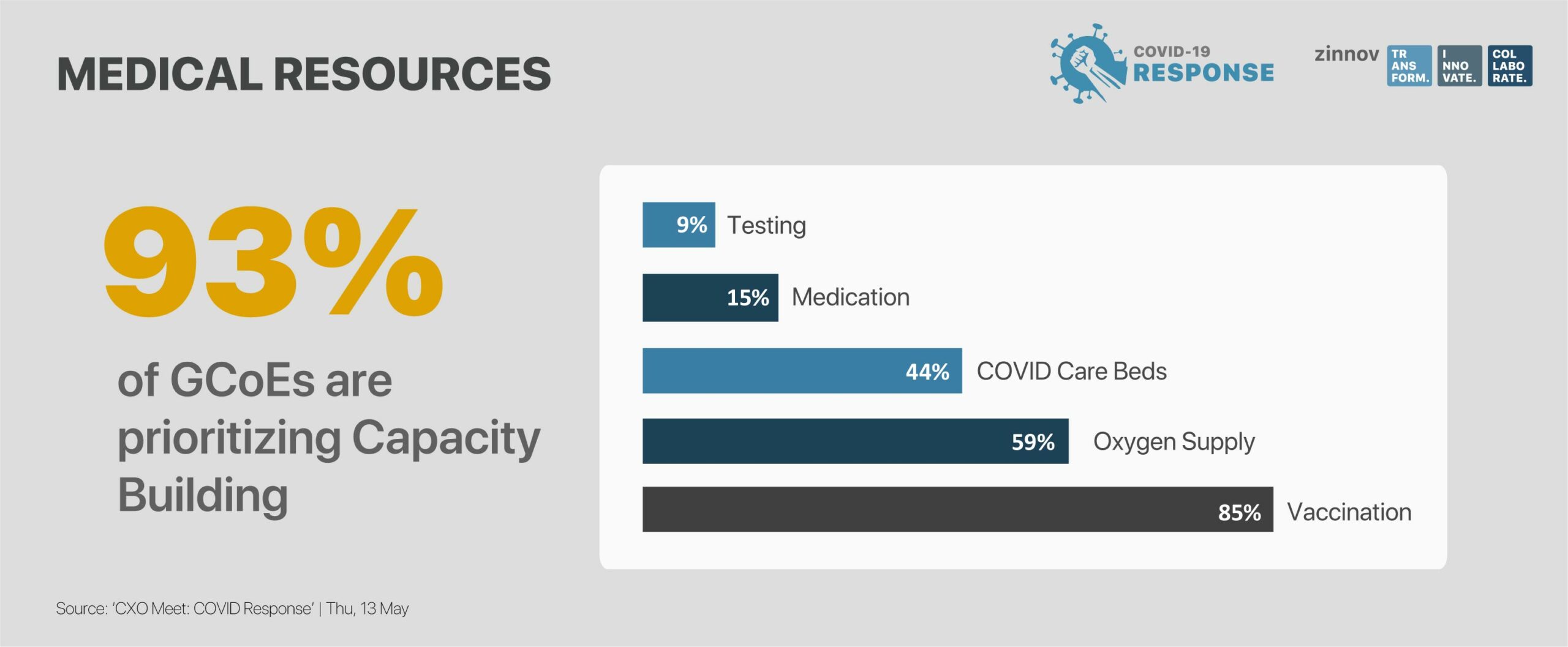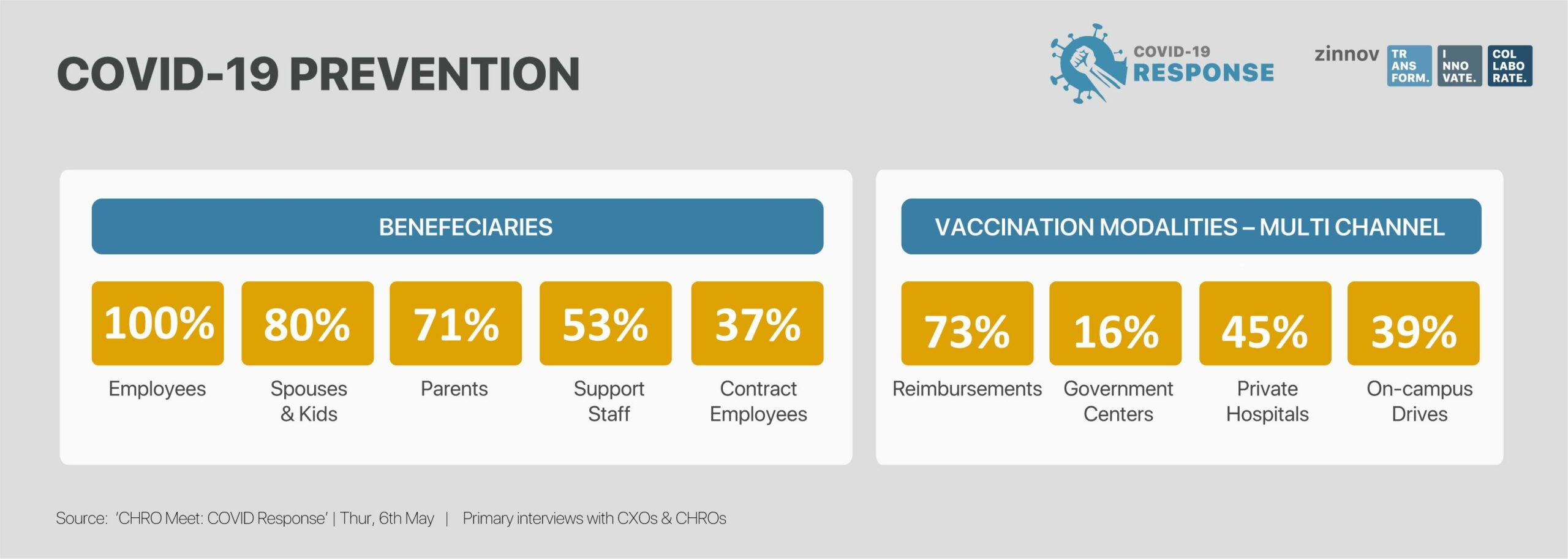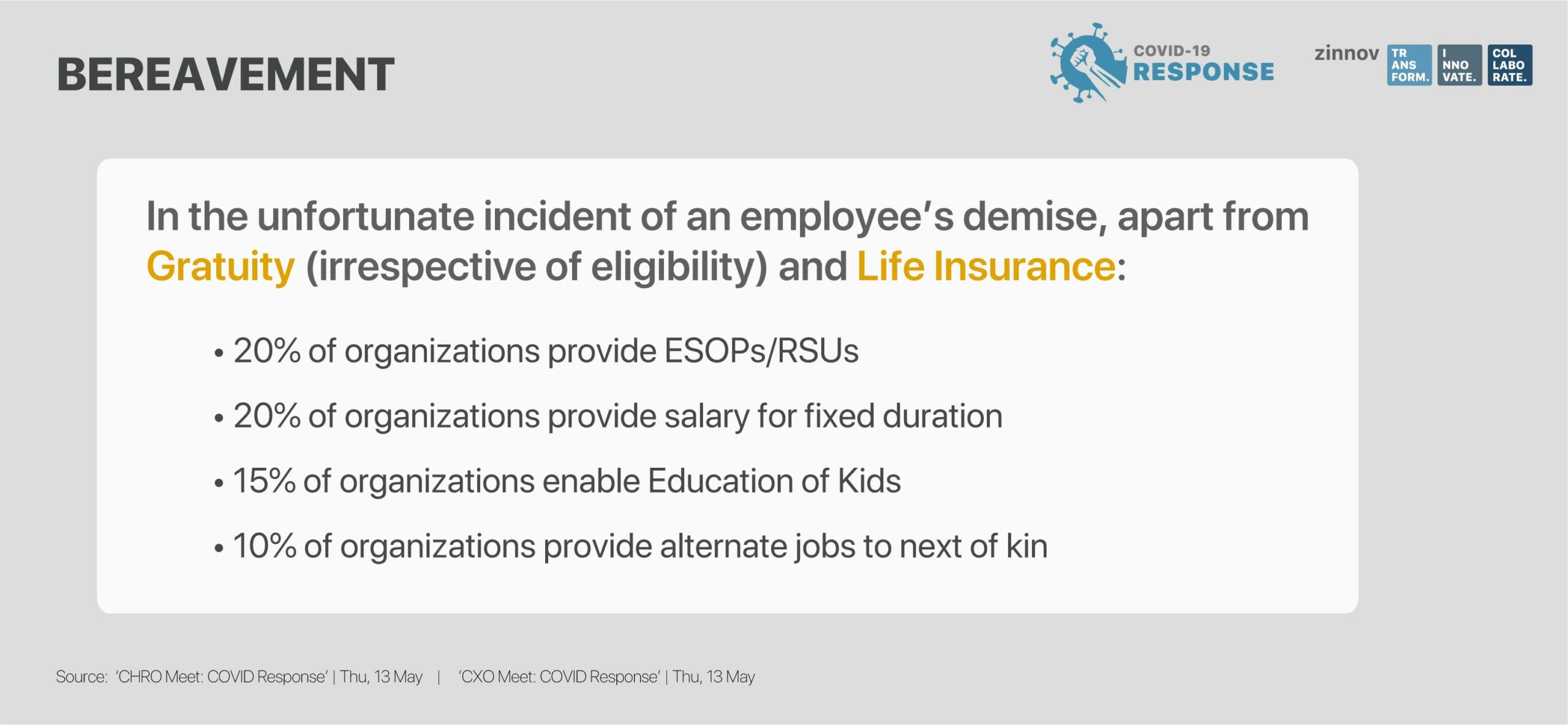|
|
The pandemic has upended our lifestyles, forcing us to adapt to completely unfamiliar experiences. Be it the debilitating physical impact of recovering from COVID-19, isolation-induced depression and fatigue, or the anxiety and helplessness of an uncertain future – struggles that used to be foreign to the ‘average’ person, have now barged through our front doors, giving us a glimpse into the experiences that diverse and minority communities live through every single day.
This humanization of physical disabilities, mental health, socio-economic and livelihood challenges, etc., has brought new facets of inclusivity to the fore, that need to be addressed. Therefore, the ‘New Normal’ workplace has essentially become a spectrum. The scope of inclusion now taps into key human elements such as empathy, respect, belonging, etc., and is no longer limited to being representation- and recognition-focused. Inclusion and Diversity (I&D) strategies need to evolve beyond just segments of employees, to address sentiments towards all employees. The onus is on the organizations to foster a more inclusive environment while streamlining some effective measures to thrive in the ‘New Normal.’
So, what bold measures can organizations take to ensure that they are fostering this evolved approach to inclusion? What can I&D champions and leaders do to build a more inclusive culture, especially in a distributed workplace model?
With organizations handling an increasingly remote and/or distributed workforce in the post-pandemic workplace, leaders will need to redefine their strategies and subsequent implementation. 5 key best practices have emerged from Zinnov’s COVID-19 Response Analysis of 50+ leading organizations across the country, which will help to further I&D strategies in the ‘New Normal.’
When the pandemic first hit, the immediate priority for organizations across the globe was an efficient transition to remote working. This predominantly involved providing ergonomic infrastructure support to their workforce. Today, however, the priority has entirely shifted. While no one has been left unscathed by India’s second wave, the impact on diverse groups, families with single bread earners, and those in non-metro and rural locations has been disproportionately higher. Hence, truly inclusive organizations have been actively leveraging their business network and administrative capabilities to bridge this gap within their community.
‘Accessibility’ has transcended physical proximity to consider employees’ demographic and socio-economic circumstances, and ‘resources’ have come to mean life-saving medical and financial ones.
A. Medical Resources

COVID-19 Care
COVID-19 Prevention

B. Extended Financial Support


Pre-pandemic, mental health had been slowly gaining prominence as a focus area for mature organizations. However, this need has surged significantly in the last year, making it a key facet of an inclusive culture. Aggravators such as unbearable loss and grief, fatigue, isolation, anxiety, etc., have affected employees at an unprecedented magnitude over the last 12-15 months.

More and more organizations are providing mental health leaves, promoting awareness campaigns, and facilitating uncomfortable conversations to destigmatize mental health issues. The Times of India and American Express came together to host the “Healthy Minds Program,” a series of webinars about mental health and the tangible steps one can take to address it.
71% of organizations are also collaborating with counselors or mental health partners to address concerns, provide stress management techniques, and initiate mindfulness programs. Dell Technologies, for example, took a strong stance on mental health by launching the “Dell Wellness Hub.”
While there has been a dramatic overlap between home and work life in the wake of the pandemic, inclusive organizations have done a commendable job of aligning workplace policies to adapt to and support their employees’ familial context. Key examples include:
Cognizance around sensitive and respectful wording has surpassed the limits of talent acquisition processes (JDs, diverse hiring panels, etc.) to become a necessity for all internal and external communication, be it over email or during virtual calls and events. Key examples include:
Addressing biases at the workplace will always be a key tenet of I&D for an organization. The herculean task of identifying and eliminating these biases has become all the more crucial in the ‘New Normal,’ given higher levels of stress and anxiety, coupled with a distributed and virtual workplace. To address this, organizations are holding workshops/sessions to educate all employees about unconscious bias and equip them with the tools and techniques they need to avoid its pitfalls.
COVID-19 has added nuance and volume to the I&D strategy of many an organization. Demonstrating care for people, no matter who they are or what differences they may have, is more important now than ever. The focus needs to be on caring for all employees’ lives, both inside and outside of work, and it all stems from ensuring that they are provided the necessary support to bring their best selves to the table. In doing so, organizations would be playing their vital role in making the ‘New Normal’ a much, much better one.